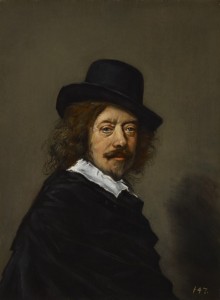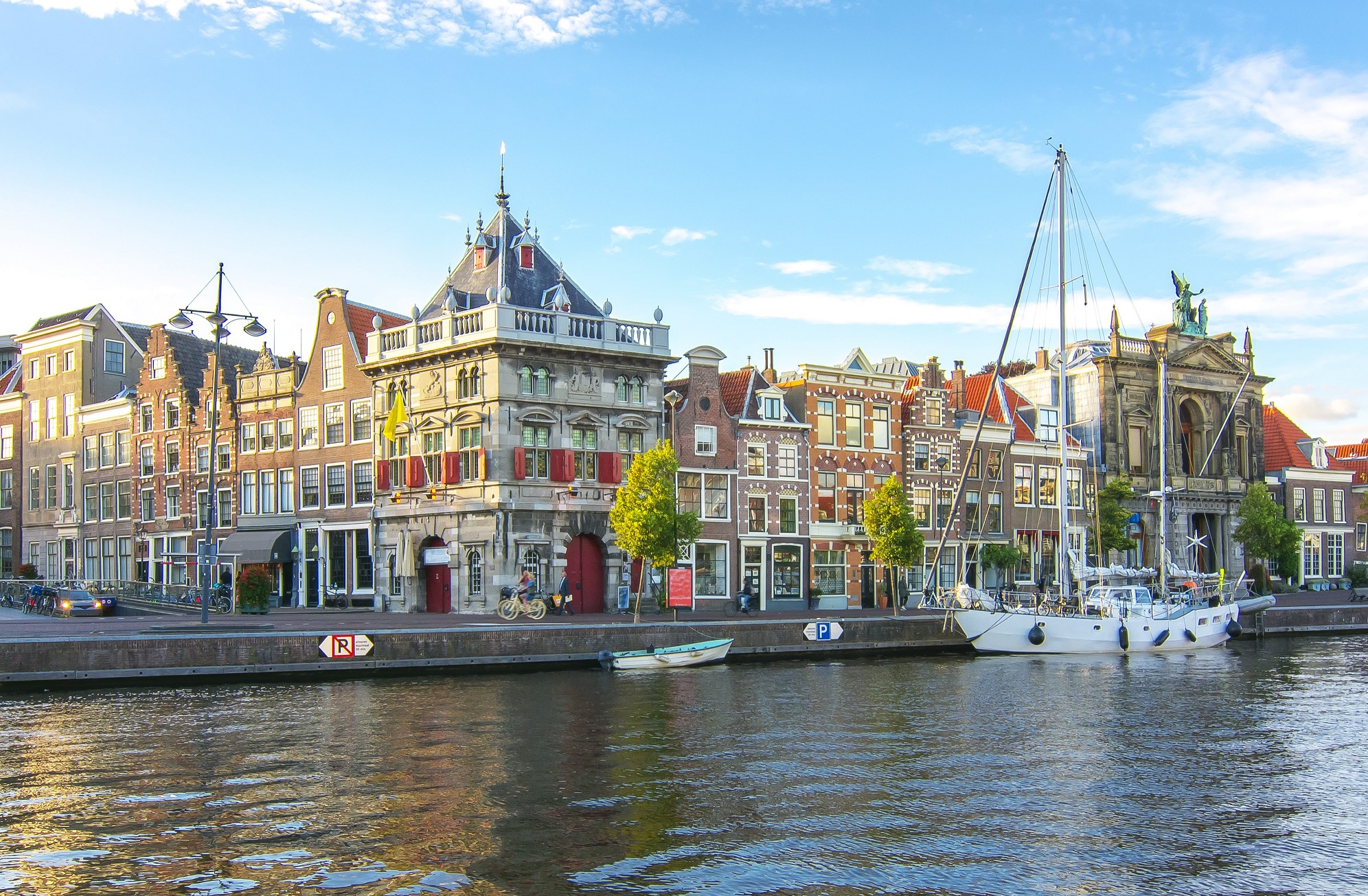When Franz Hals created canvases, he painted what today we would call the “real people” of the city in pubs and on the streets: musicians, barmaids, and governmental and community leaders. A self-driven tenacity created Hals’ reputation as nearly unapproachable. That attitude was exacerbated by his insistence that his patrons come to him, rather than he to them — and came they did. His character truly reflected Haarlem, the city in which he settled.
Fast forward from the late 17th Century to today. Haarlem is a city of about 180,000 inhabitants located on the high ground between the IJ River and Haarlem Lake. Water is both a friend and enemy, and the people of Haarlem remain a tough and determined population. Their land is theirs and, water or no, it is their home. The impact of dikes, sea access, and the creation of numerous successful commercial enterprises all became key to the early years of Haarlem’s growth. Tax revenues collected from barge and boat traffic between the sea and Amsterdam provided the financial resources necessary to sustain the city’s stability and growth.
With an easy train trip from Amsterdam’s Centraal Station, you can find yourself in Haarlem station within thirty-five minutes. On many occasions, friends from Amsterdam have invited me to join them for lunch or dinner in any of several excellent restaurants in this lovely city. Our favorite place to visit, especially on a day or evening of great weather, is Jopenkerk. This informal gathering place was built into and around the Jopenkerk, a deconsecrated 15th Century church, hence the name of the beer, Jopen. Inside the structure, in the space called the Catechism Hall, you will find the brewery downstairs and a
restaurant upstairs. You can also book a tour to visit the larger Jopen brewery across town in the Waarderpolder area of the city. The large and extremely popular terrace, called the Jopenkerk Terrace, offers a beautiful space with coveted outdoor seats where you can enjoy the shade of an umbrella and partake of the breweries justifiably famous food. On lovely spring to fall weekend afternoons, you will be hard pressed to find an empty table. The copy of Hals’ 1633 painting The Archers of Saint Hadrian as background to the main bar in the Jopenkerk provides one of the interesting and appropriate credits to the work of Haarlem’s most famous artist.
This easily walkable city offers several sites of interest including the popular Frans Hals Museum where you can view the largest collection of his huge works that portray the Militias of various cities in North Holland. The structure is composed of two buildings: the Vleeshal, a former meat market and the Verweyhal (fish house). The collection of his work, and others of the Dutch Golden Age are often highlighted by well attended exhibits.
There is an undeniable joy in many of the paintings by one of Haarlem’s most famous sons. The culture of his time, in many ways, centered on the local kroeg, or pub. Many of Hals’ works reflect the fun the locals had in these gathering places. I have remarked in the past that, even today, travelers can glimpse the faces of Renaissance frescoes on the streets of villages, towns, and cities across Italy. As it is true in Italy, so it is in North Holland. As I have strolled the streets, I have seen a militiaman, a bartender, a banker, a mayor, a lady of great wealth, a barmaid. They are all there, descendants of those who have gone before.
Go, and enjoy one of North Holland’s most beautiful cities. Oh, and while you are there, pay attention to the faces of the locals who stroll the streets of the city — the images of Franz Hals’ works come to life.



